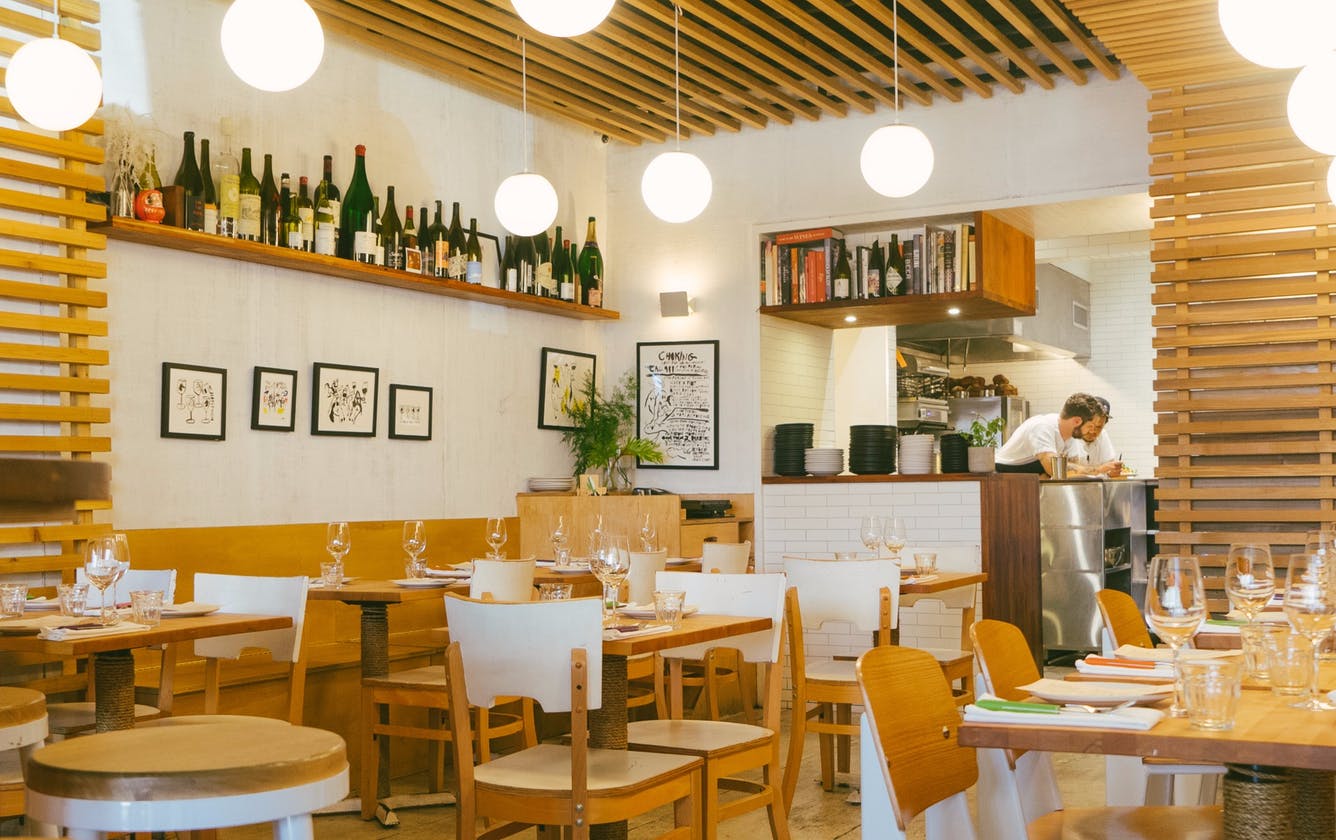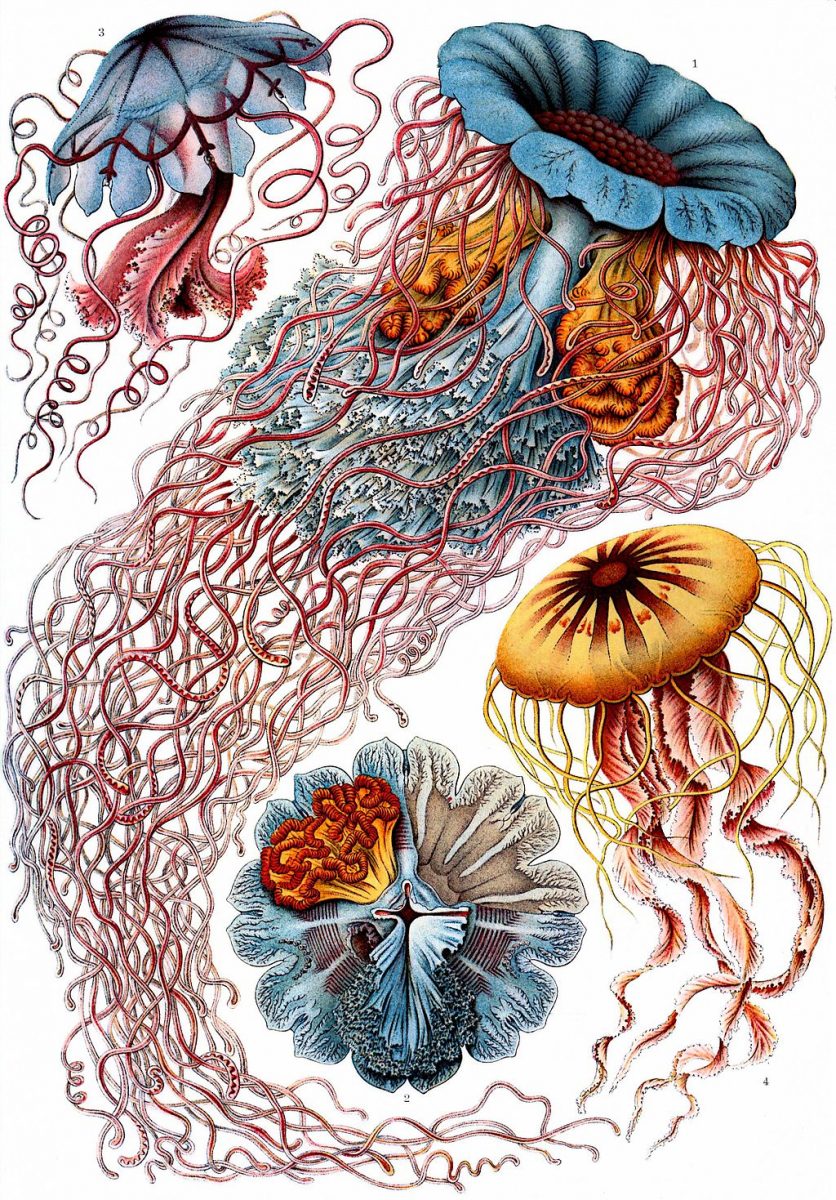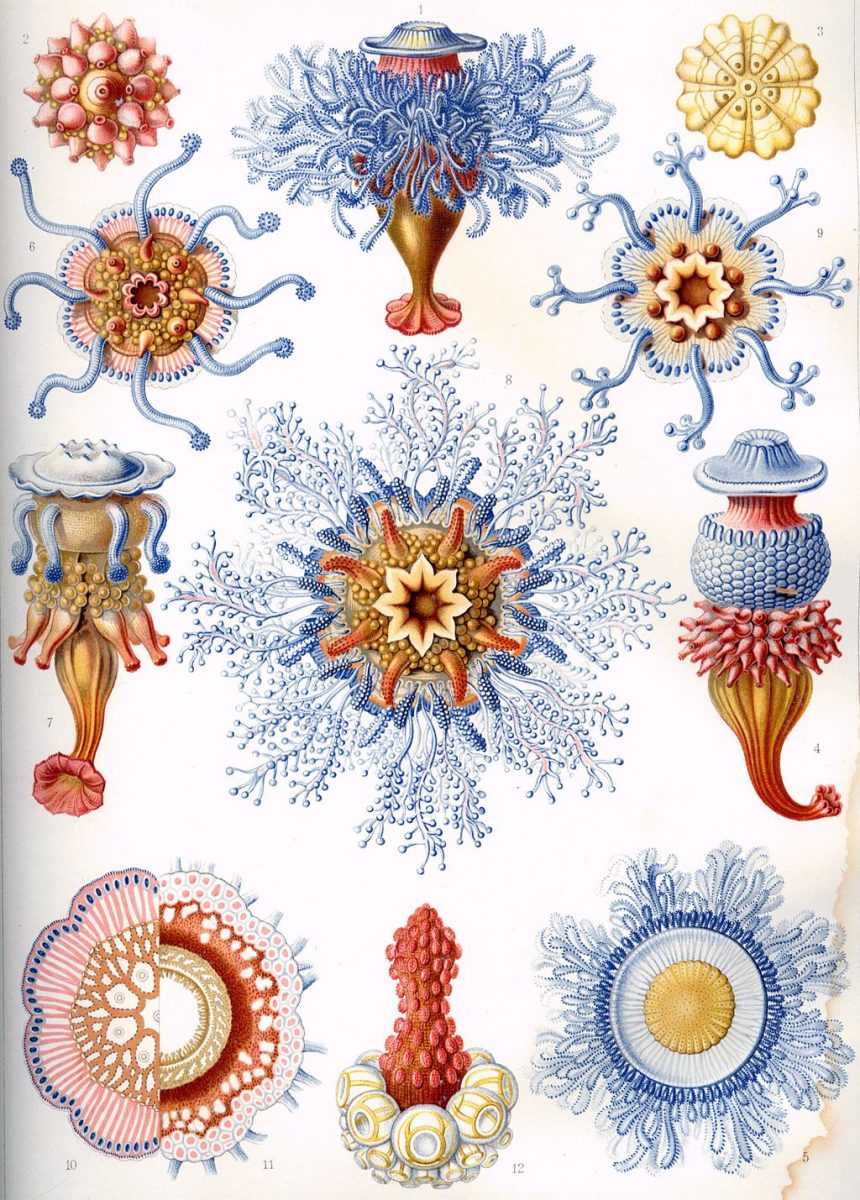A Tentacular Dining Experience
Posted on October 18, 2019After playing ‘Devil’s advocate’ by arguing against Donna Haraway’s “Staying With the Trouble” in our Transdisciplinary Seminar debate, I may have inadvertently convinced myself that it was indeed too radical or impractical as an approach to design—that is until I recently discovered myself having a ‘tentacular’ dining experience.
Now let me be clear, at no point did anyone of the restaurant staff mention anything about ‘tentacular-ness’ during the meal, nor I did not eat anything like octopus or squid; but I found myself thinking about how deeply involved and carefully curated this dining experience was and began drawing connections back to Haraway’s writing.
A few friends from out of town were visiting and we thought to get dinner. One of them is a very devoted fan of a band named LCD Soundsystem, and insisted on eating at the singer’s wine bar called “The Four Horsemen”. I was very skeptical about this idea, thinking it would be just another celebrity-owned restaurant with insane prices and obnoxious service—not to mention that James Murphy (the band lead) is just a guy from Brooklyn, and not exactly who comes to mind when I think about a wine/food expert. We tried to make reservations, with the only time available being 10 PM.
Here’s how the evening went, described in ‘tentacular’ detail:
When you walk into the restaurant it seems like an incredibly small and private space; but I was pleasantly surprised to find that we had a standard sized table with comfortable chairs, and somehow despite being very close to other tables could not listen in on their conversations. The lighting was soft but not dark, and our table had two real candles, (yes the ones with an actual flame that was hot to the touch, not those artificial LED ones). I felt relaxed, not rushed, and had a deep sense that I was in a living room—the interior design was carefully considered with lots of light-colored woods and warm yellow lights. The waiters were not in uniforms, instead casually but neatly dressed with white aprons at the hip. Best of all there wasn’t music blaring or a kitchen roaring or people shouting over each other—right about now I started wondering ‘am I even in New York anymore?’

Daytime picture of the space, in which you can see some of the colored wooden knives on the tables
(source: https://www.theinfatuation.com/new-york/reviews/four-horsemen)
Even the bathroom offered a highly curated experience; taking what seemed like a 4’ by 4’ room, the design impressively made use of the space by using slim in-the-wall fixtures. Instead of one of those finicky automatic sinks it had an incredibly compact but powerful sink, and to dry one’s hands there were hand towels—single use hand napkins made of actual fabric—complete with a hamper to place them once finished. By carefully considering the senses in its design, the restaurant overall generates a space that invites one to really sit and think, and stay present in that exquisite moment.
They brought out our silverware, with charming wooden handles that are slightly worn and felt comfortable in hand, and we knew that the food was to be shortly delivered to our table. Suddenly, I had in front of me a single slab of fish and nothing else, a raw/cured yellow fin tuna tonnato with yuzu kosho and smoked dulse—and while I am usually apprehensive about eating raw fish, about a third of the menu was raw/cured so I decided to give it a try with a white wine pairing at the suggestion of the waiter. The first bite of the tuna was deeply shocking, and as I write this my mouth waters remembering it; at first the taste was subtle, with different waves of flavors arriving one after the other. The smooth yet firm texture of the fish was contrasted with small crunchy spices from the yuzu kosho, all of which was lathered in a luxurious dulse type of oil and sat atop an extremely flavorful tonnato foam. I will say again, I was deeply shocked by the nuances of flavors that took me on a mental journey.
 Yellow fin tuna, which visually does not reveal itself and must be experienced through the other senses to be understood (source: http://www.fourhorsemenbk.com/)
Yellow fin tuna, which visually does not reveal itself and must be experienced through the other senses to be understood (source: http://www.fourhorsemenbk.com/)
At some point I even thought ‘I may cry during this meal’, as I slowly wrapped my mind around the cornucopia of flavors in my mouth. Every bite required what felt like a nearly five minute break to process. In this part of the meal I felt I was really ‘staying’ with it, experiencing it with all of my senses, deeply appreciative of the present moment. Overwhelmed, I might try to think of something else or look around, but it was futile—my senses had been overtaken by this dish, I felt like a Cthulhu creature with all of my sensing tentacles focused on it. This is where the wine played a great part, as it was the only thing that could offer a brief distraction from the dish. I found myself surprised yet again, because I usually find that alcohol overwhelms the palate, but in this case it was a refreshing, multi-faceted palate cleanser of sorts.
The meal was incredibly rich and deceivingly filling without becoming overbearing, and the pace of the dinner naturally progressed into a slow simmer which then turned into bittersweet realization that it was nearing its end. Slightly heartbroken that dinner was finally entirely consumed we sought out consolation by ordering dessert. The table settled on a Peanut and Butterscotch Budino, and while I strongly dislike peanuts, this dessert may have converted me for good. Again we were hit with layers of smooth peanut cream, crunchy butterscotch shavings and salty caramel tones. It was a beautifully overwhelming sensorial attack, similar to what I imagine Haraway means when she writes about simultaneously sensing all and holding all in contemplation.
Illustrations of tentacular creatures from Ernst Haeckel’s “Kunstformen der Natur” (source: https://en.wikipedia.org/wiki/Kunstformen_der_Natur)
That’s what was so interesting about this ‘tentacular’ dining experience—I went into the space with my preconceived notions of what a restaurant is, and about what foods I already like or dislike—instead I experienced the evening through my senses and not my logic, and discovered new insights. I ate solely foods which I usually avoid, tasting something completely out of the familiar and absolutely loving it. Coming in with the approach of “Staying with the Trouble”, which I understand in part as ‘sensing before judging’, radically changed my perception of what a meal can be.
My sincere thanks to James Murphy and Donna Haraway for the experience,
MD

